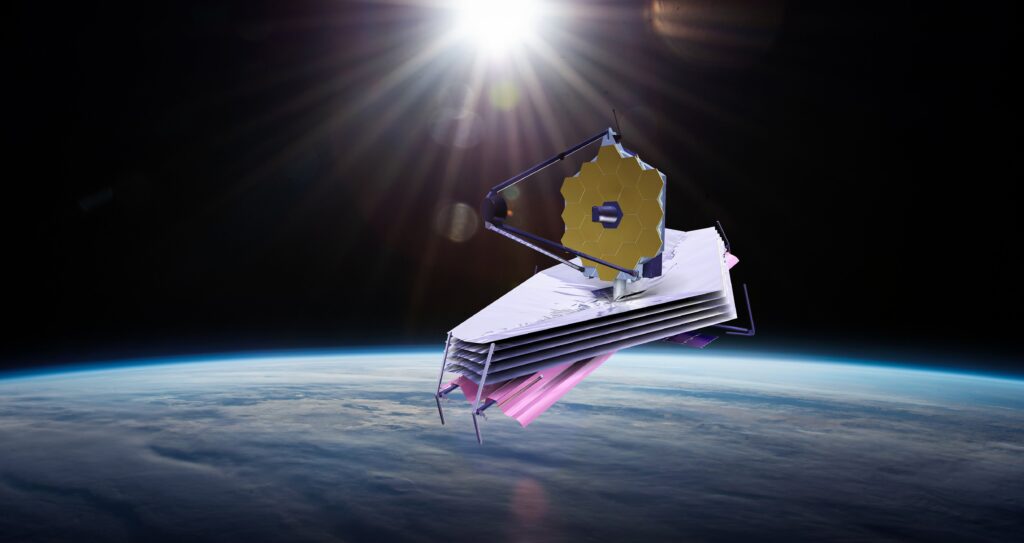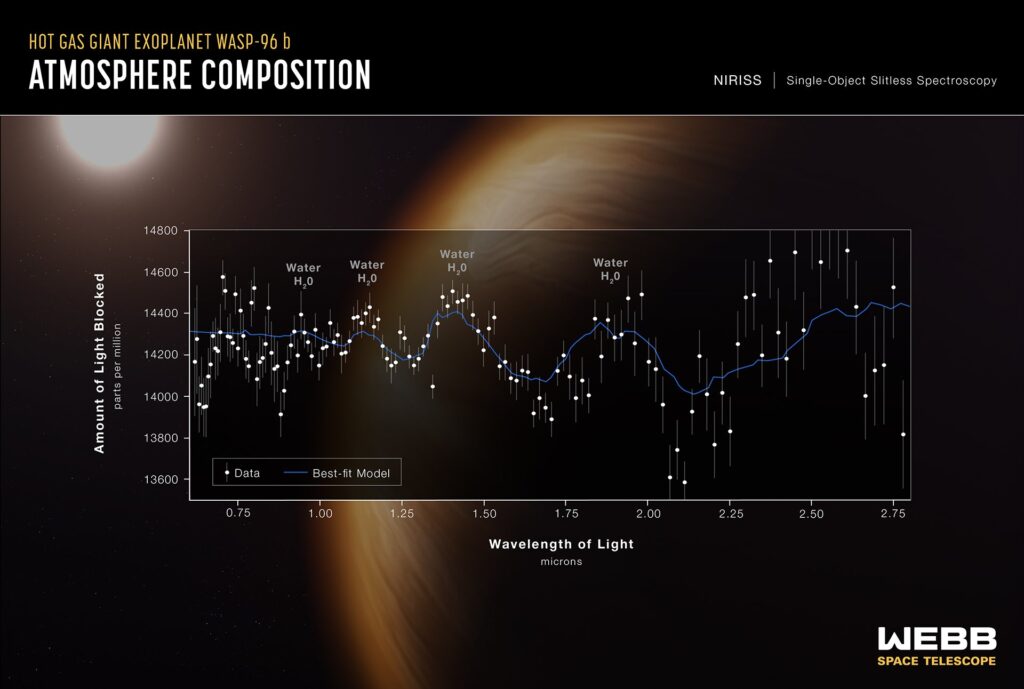This week (you've all seen them) NASA released the first color images of its space telescope James Webb: simply crazy. And you've already done better than that: for example, you just identified water on a distant exoplanet.
It is Wasp-96 b , one of five targets that the James Webb Telescope first focused on. Yes, that's right: while this fantastic telescope was "limited" to taking simple photos of the Carina Nebula, it dedicated itself to slightly more in-depth analyzes of Wasp-96 b. So deep as to reveal water on its surface.

How did the James Webb find water on Wasp-96 b?
NASA used the Near Infrared Imager and Slitless Spectrograph (NIRISS) to dive deep into the composition of the exoplanet's atmosphere. To do this, scientists have focused on completing what they call the “transmission spectrum.” In summary, they compared starlight filtered through the planet's atmosphere with “unfiltered” starlight, detected when the planet is close to a star.
Each of the data points shown on the graph you see below shows how much of a specific wavelength of light is blocked by the planet and absorbed in its atmosphere. By looking at this data, NASA was able to determine much about the exoplanet's composition. Including water.

Huge steps forward
The discovery of water in an exoplanet's atmosphere is quite a coup, but it's only part of what this space telescope can do. It is as if it "dug" into the atmosphere of the planets. Sure, the Hubble Telescope detected water on an exoplanet back in 2013, but nothing like the James Webb Telescope can do it with this level of detail.
While we fantasize about the day NASA will interrupt transmissions to show us a photo of another planet that looks like our twin (where have I seen this scene before?) there are other missions to accomplish. One of these will include the deepest observation ever made of the black hole at the center of our galaxy.
Popcorn is worth getting - James Webb really gets serious.


